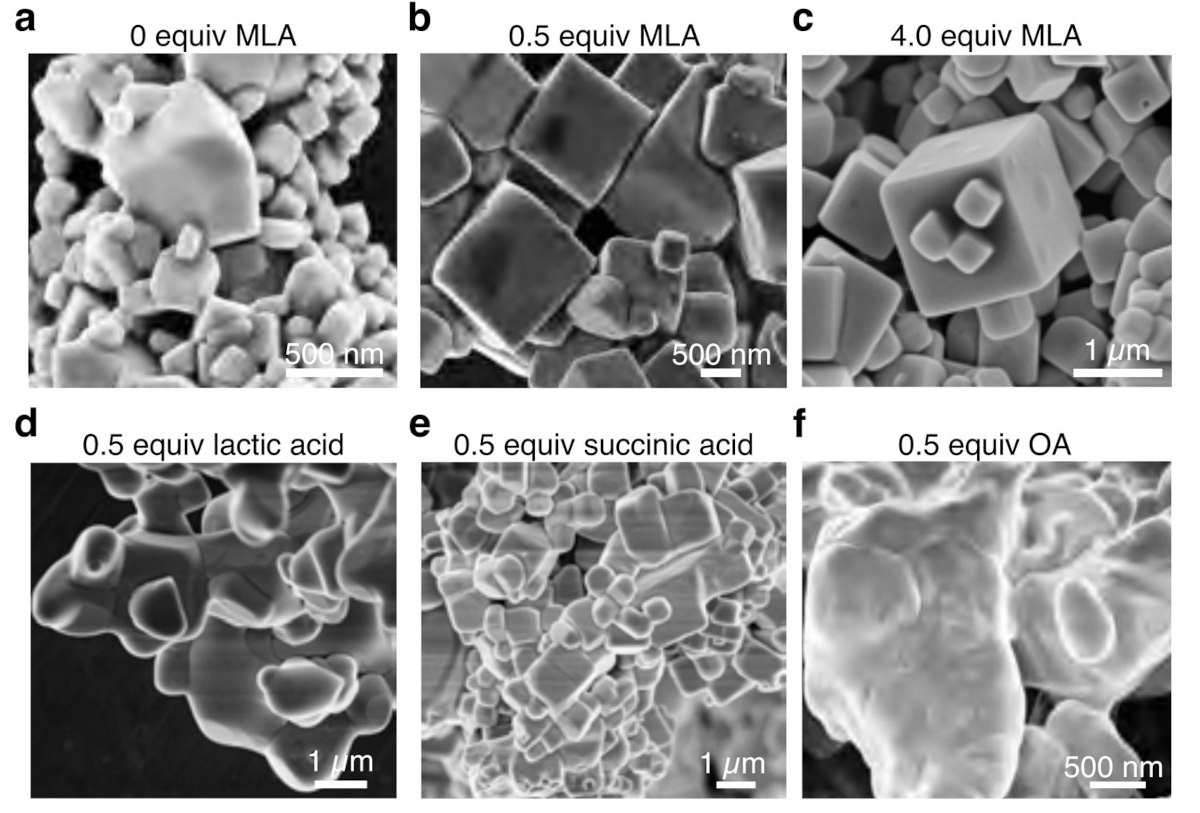New JV by Voltec and IPVF called "France PV Industrie" to establish 5 GW factory for 4T tandem perovskite-silicon modules
French solar module manufacturer Voltec Solar and the Institut Photovoltaïque d’Île-de-France (IPVF) have announced plans to set up a factory for four-terminal (4T) tandem perovskite-silicon solar panels in France. The “France PV Industrie” project aims to build a gigafactory for solar panels, with a dual objective: to produce more efficient solar panels locally and to create a sustainable industry, based on a fast-growing market and a breakthrough technology.
The IPVF and Voltec plan to create a joint venture (France PV Industrie) so they can secure the necessary financing to scale up to industrial production. The pilot line will require an investment of €15 million ($15.4 million) and the industrial demonstrator €50 million. The partners estimate the total investment at around €1 billion by 2030. The facility will make modules based on IPVF's 4T tandem solar cell technology. The two entities plan to set up the first pilot production line by the end of 2023 and the first 200 MW industrial demonstrator in 2025. They will then increase the factory's capacity to 1 GW in 2027 and 5 GW by 2030.








